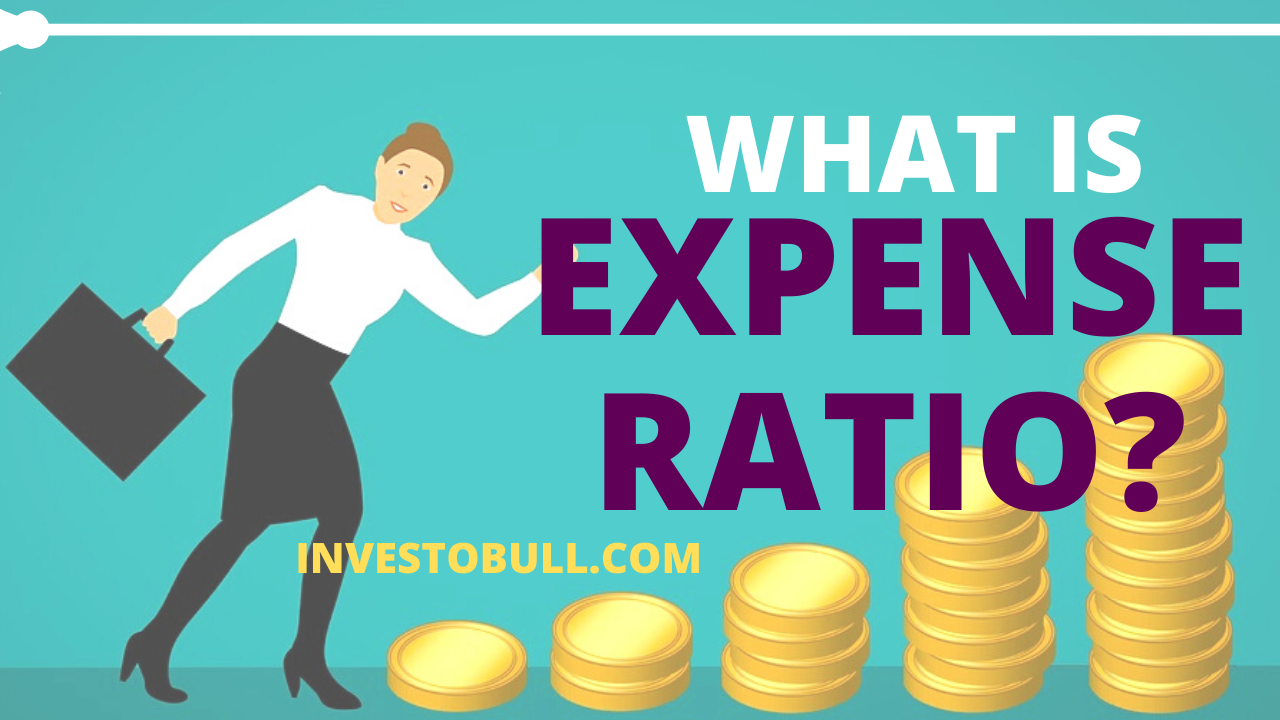Activity Ratio is a type of financial ratio that is used by the company to determine the capability with which the company can use its different operating assets that are present in its balance sheet and convert the same into the cash.
It measures how efficiently the management is running to generate maximum achievable revenue, hence its also called efficiency ratio. The activity ratio shows the number of sales in comparison to different categories of assets.
In this post, you can know What is Activity Ratio or Efficiency Ratio and how to interpret them for analyzing companies
Activity Ratios do not provide the desired output when comparing businesses across different industries. Efficiency ratios are the most common term used for activity ratios.
The formulas of activity ratio can also help analysts to analyze the business’s current performance. If there is any improvement in the ratios then there will be improved profitability.
Table of Contents
Types of Activity Ratios/ Efficiency ratios
There are 6 types of Activity Ratios, which are
ACCOUNTS RECEIVABLE TURNOVER RATIO:
The accounts receivables turnover ratio measures the efficiency with which the business is utilizing its assets. It also measures how many times a business can turn its accounts receivables into cash. The accounts receivables turnover ratio is calculated by using the formula below
Accounts Receivable Turnover of a company = Net Credit Sales / Average Accounts Receivable
A high turnover ratio may indicate the company operates on a cash basis or has good customers that pay off their debts quickly. A low turnover ratio may indicate a bad credit policy and poor collecting method. It helps in evaluating if its credit policies are helping or hurting the business.
WORKING CAPITAL RATIO:
The working capital turnover ratio shows a business effectiveness in using its working capital. It helps you to figure out the net annual sales produced by the average amount of working capital per year. The working capital turnover ratio is calculated by using the formula below
Working Capital Ratio of a company = Net Sales / Working Capital
A high working capital ratio indicates that the business is efficiently using its short-term liabilities and assets to support sales whereas a low working capital ratio indicates a bad debt or outdated record.
ASSET TURNOVER RATIO:
The asset turnover ratio calculates the efficiency with which a company uses its assets to generate sales. The asset turnover ratio measures net sales as a percentage of assets. The asset turnover ratio can be calculated by using the formula below
Asset Turnover Ratio of a company = Sales / Average Total Assets
If the asset turnover ratio is higher, the better the company is performing.
The asset turnover ratio is also a basic component of DuPont analysis. The analysis helps in knowing how companies can increase returns for their shareholders. It breaks down Return on Equity into asset turnover, profit margin, and financial leverage.
FIXED ASSET TURNOVER RATIO:
The Fixed Asset Turnover ratio calculates the business capacity to produce sales from fixed assets such as property, plant, and equipment. The Fixed Asset Turnover ratio can be calculated by using the formula below
Fixed Asset Turnover Ratio of a company = Net Sales / (Fixed Assets – Accumulated Depreciation)
A high fixed asset turnover ratio shows the assets are being used efficiently to generate sales.
INVENTORY TURNOVER RATIO:
The inventory turnover ratio specifies the efficiency with which inventory is maintained. This ratio indicates how the business is frequently refreshed to manage its inventory levels. The inventory turnover ratio can be calculated by using the formula below
Inventory Turnover Ratio of a company = Cost of Goods Sold / Average Inventory
A low inventory turnover ratio may show poor marketing demand for the product whereas a high inventory turnover ratio indicates good inventory management and a higher demand for the product.
DAYS PAYABLE OUTSTANDING:
The Days payable outstanding ratio calculates the number of days a business takes to pay its invoices and bills to its vendors, suppliers or other companies.
The days payable outstanding ratio shows how well the cash flow is being maintained. The Days payable outstanding ratio can be calculated by using the formula below
Days Payable Outstanding of a company = Accounts Payable / (Cost of Sales/ Number of Days)
A lower ratio shows that the business is not using its credit period efficiently. Taking too long to pay leads to an unhappy creditor and rejection of further credit. It can also indicate that your business is struggling to pay its creditors.
Conclusion
All these ratios provide an insight into the business efficiency and let you know where you need to improve. You can use the activity ratios to identify the problem areas if you’re falling short of cash and fix them.
After reading this post you will know What is Activity Ratio or Efficiency Ratio and how to interpret them for analyzing companies.
Recommended Brokers
 | No 1 STOCKBROKER IN INDIA Zerodha Free equity & mutual fund investments | Flat ₹20 intraday and F&O trades | Rating ★★★★★ | APPLY NOW |
 | GET FREE DEMAT ACCOUNT Upstox Fix brokerage of Rs. 20 per trade | Rating ★★★★ | APPLY NOW |
 | GET FREE DEMAT ACCOUNT Angel Broking 0 Brokerage on Equity Delivery | Rs 20 per order for Intraday and F&O trades | Rating ★★★★★ | APPLY NOW |



















Leave a Reply